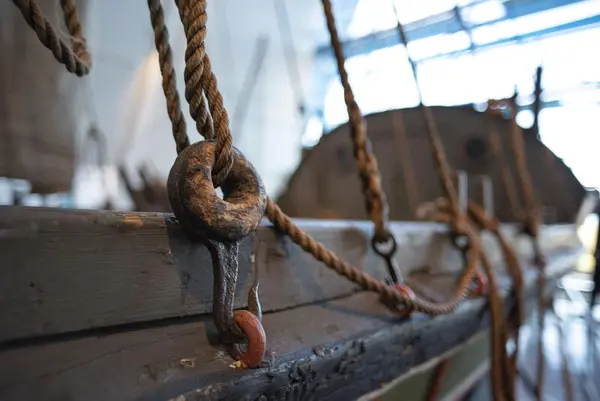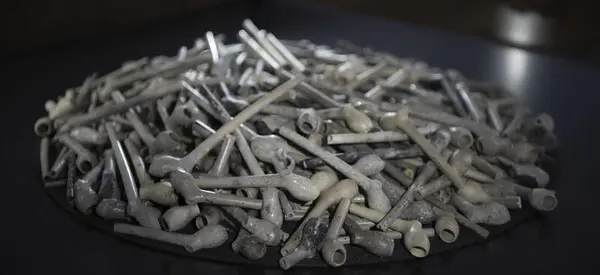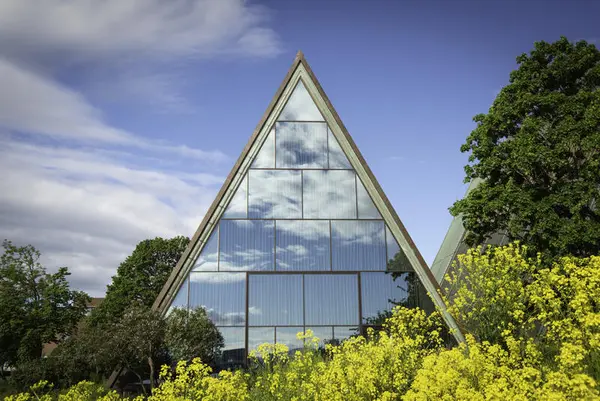- 1/1
The exhibition focuses on the interaction between humans and the sea, emphasizing nature, resources, technology, and imagination. Drawing from the museum's rich boat collection, the museum looks back while also posing questions and highlighting upcoming challenges in the management of fish, climate, oceans, environment, and pollution. On the ground floor, the exhibition showcases the life of the Norwegian coastal population in the 1800s.
The Boat Collection
At the heart of the exhibition are 13 traditional boats from the 19th century. The museums boat collection is Norway's most important nationwide collection of open traditional boats. The focus of the collection dates from the second half of the 19th century to the beginning of the 20th century. The entire coast is represented, so the main division between the building styles in Eastern, Western, and Northern Norway is clear. The core of the collection was acquired by Bernhard Færøyvik.
Various uses and local adaptations have manifested themselves in building styles as a variety of boatbuilding traditions or dialects. The collection possesses strong aesthetic qualities, and the boats are magnificent examples of craftsmanship traditions.


